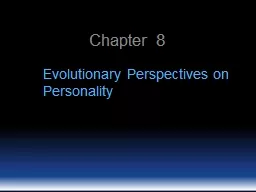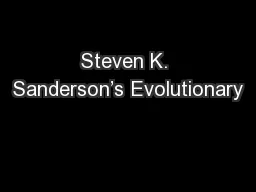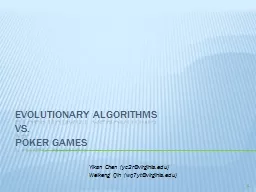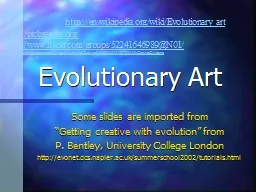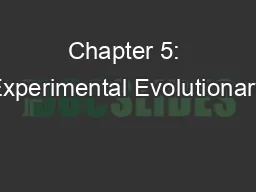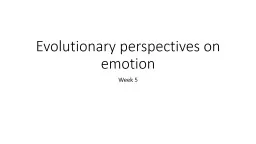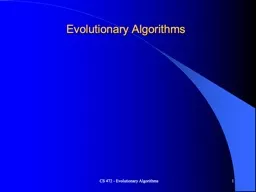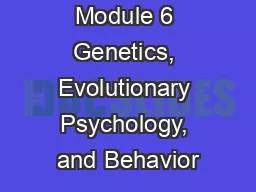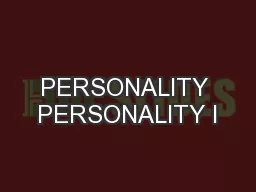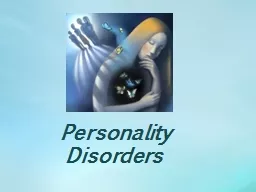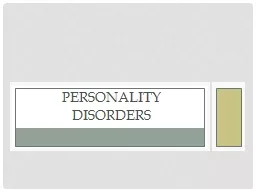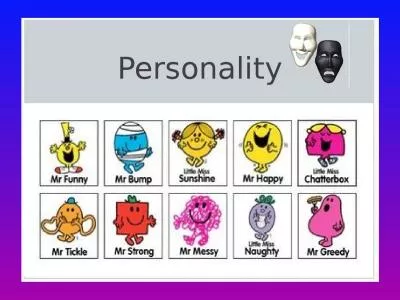PPT-Evolutionary Perspectives on Personality
Author : danika-pritchard | Published Date : 2017-03-29
Chapter 8 Sex Differences in Jealousy Parental Investment Theory Robert Trivers 1972 Implications for human mating psychology Gender differences Parental Investment
Presentation Embed Code
Download Presentation
Download Presentation The PPT/PDF document "Evolutionary Perspectives on Personality" is the property of its rightful owner. Permission is granted to download and print the materials on this website for personal, non-commercial use only, and to display it on your personal computer provided you do not modify the materials and that you retain all copyright notices contained in the materials. By downloading content from our website, you accept the terms of this agreement.
Evolutionary Perspectives on Personality: Transcript
Download Rules Of Document
"Evolutionary Perspectives on Personality"The content belongs to its owner. You may download and print it for personal use, without modification, and keep all copyright notices. By downloading, you agree to these terms.
Related Documents

